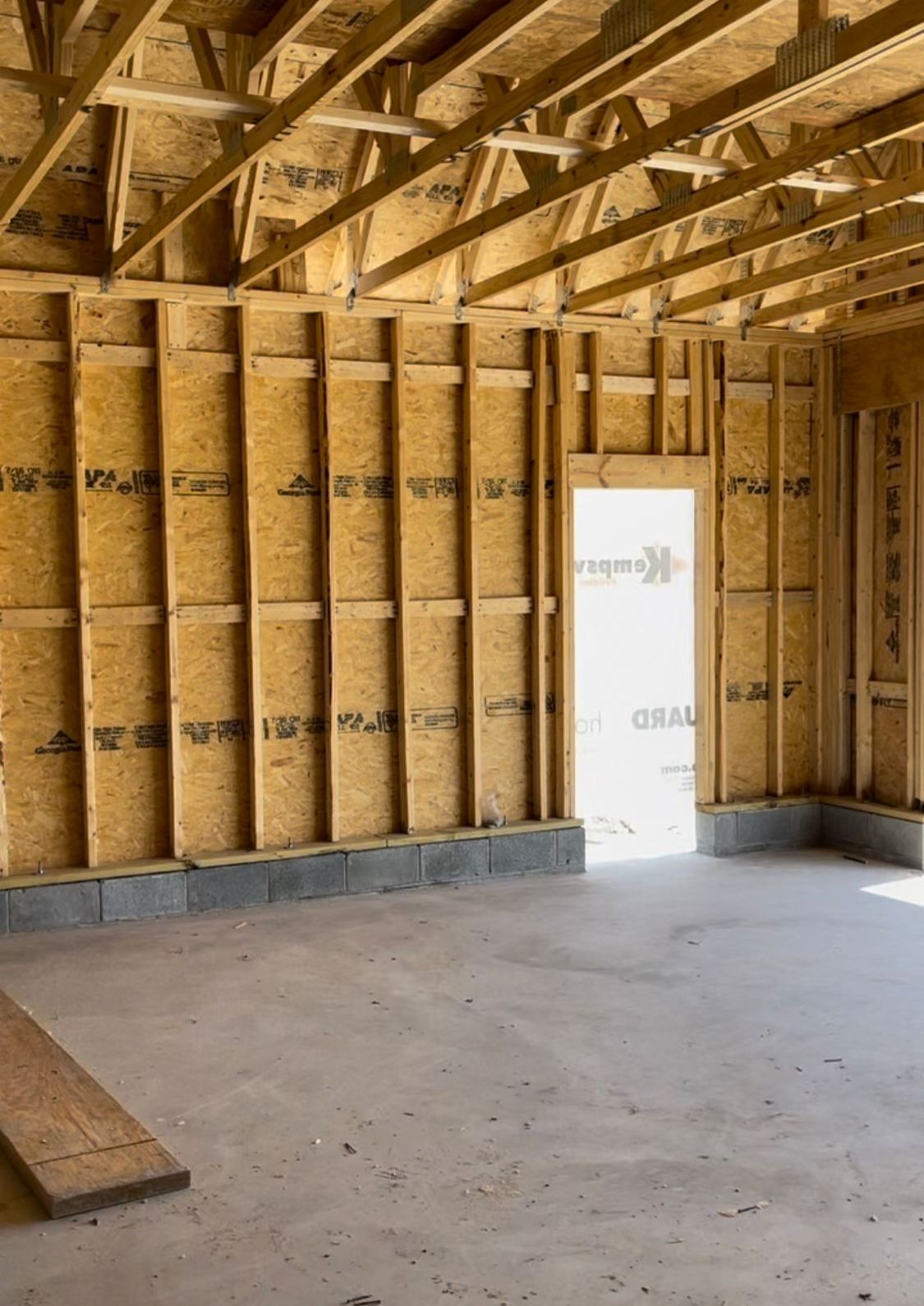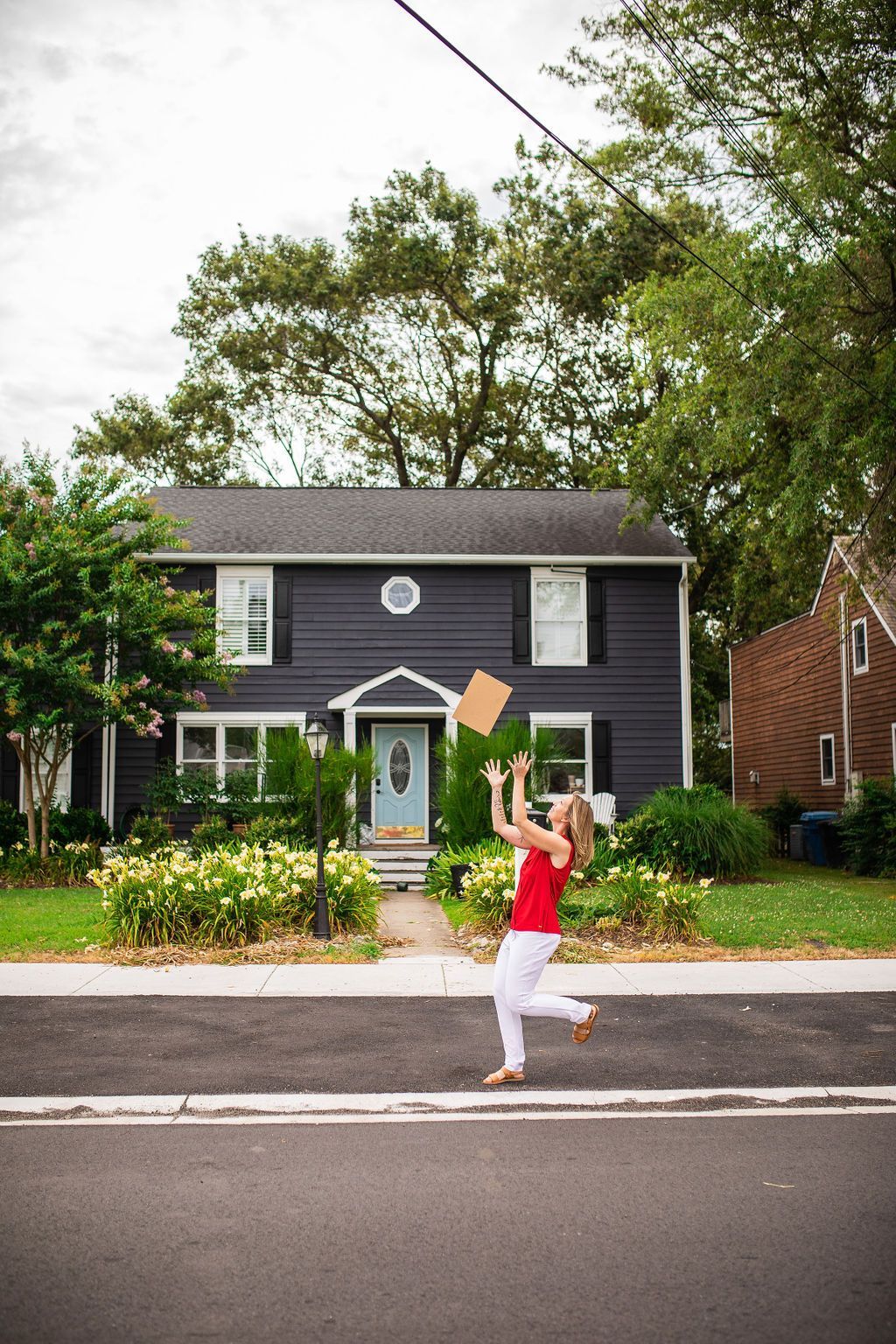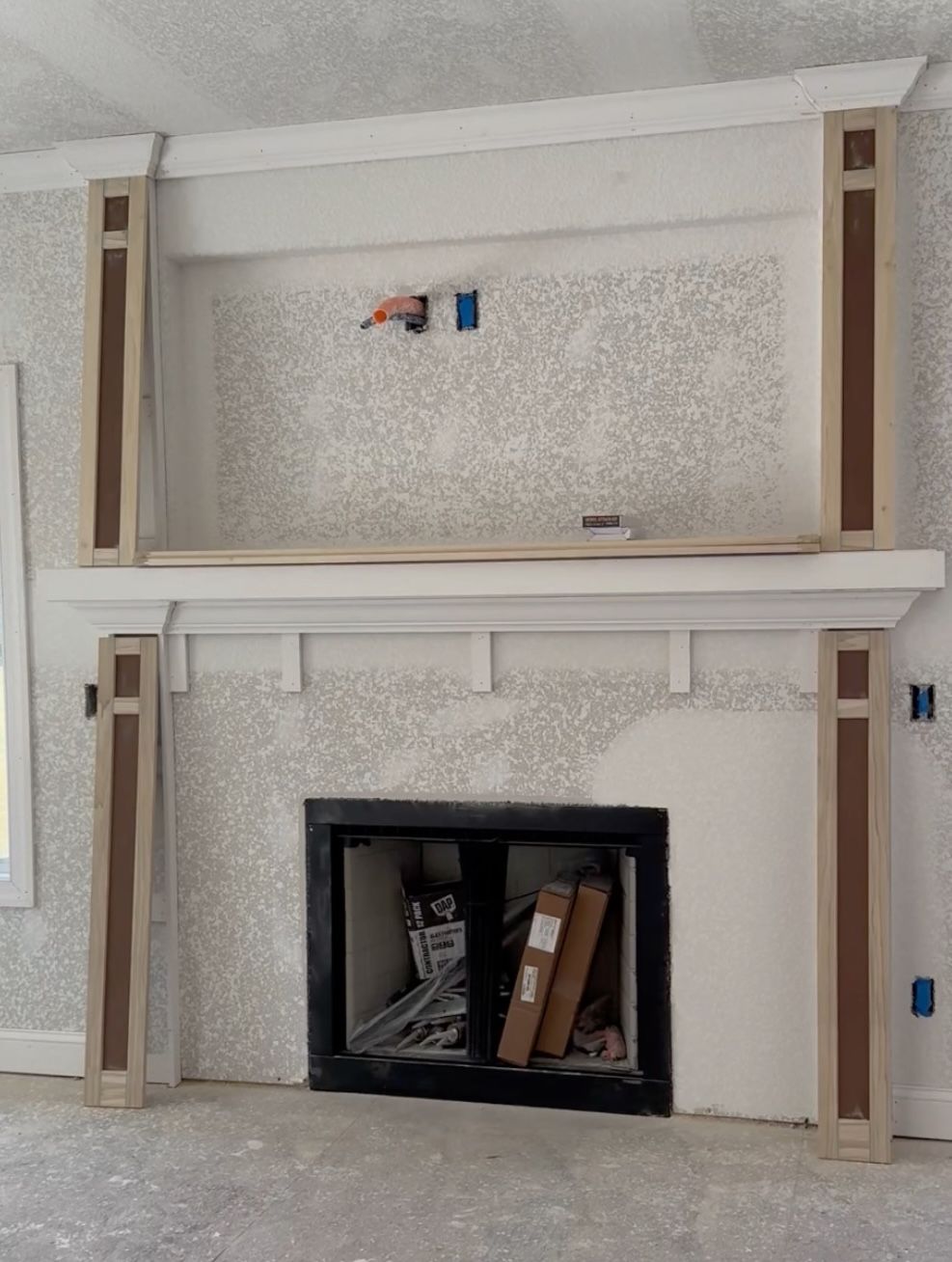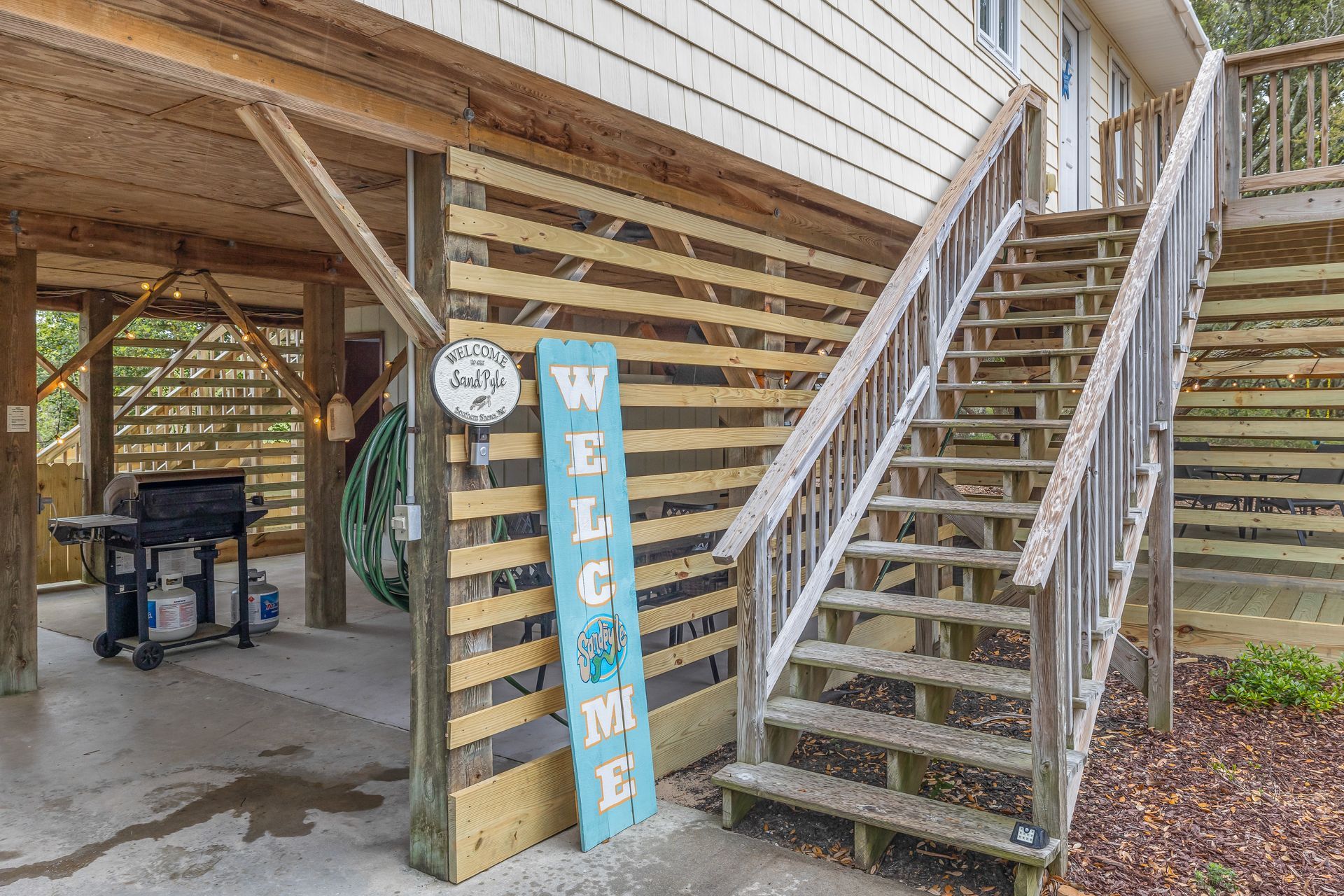If you’re looking for a new home then you’ve probably thought about buying a fixer upper to live out your house decorating fantasies.
When I start working with a new family, I usually hear “We can always buy a fixer upper, we don’t mind!. But when they say this, the family isn’t always fully aware of what it means and they aren’t prepared for everything that's involved. So before you get your heart set on that house that needs a lot of love . . . let’s get on the same page about what a “fixer upper” really is.
IT TAKES MORE THAN RENOVATING A BATHROOM AND WANDERING DOWN THE AISLES OF TARGET TO TURN A FIXER UPPER INTO A HOME.
I personally don’t use the term “fixer upper” because it can mean so many different things to different people. I like to describe houses as “live-able” or “not live-able”. If you can’t stand the kitchen cabinets or the wall color, the house is still livable and you can easily tweak the small details you don’t love.
With flooring missing or no plumbing, the house isn’t live-able and isn’t capable of being your primary residence. This isn’t just my definition. It’s the mortgage lender’s way of deciding if they’ll even finance the house . . . or if you’ll need a special kind of renovation loan to do so.
JOANNA GAINES’S DEFINITION OF A “FIXER UPPER” IS NOT THE SAME AS YOUR LENDER’S DEFINITION.
To qualify for a typical home loan every inch of the house has to be live-able. That means that the AC and heat work, there’s no mold, no unfinished projects, and the home must have full flooring. According to the bank, a fixer upper requires a renovation loan. A first time home buyer loan typically only requires about a 3-6% down payment. A renovation loan usually requires a much bigger chunk of money down.
And remember that if you do decide to buy a house that needs a lot of repairs, your original home loan won’t cover your renovation budget. Unless you get an actual renovation loan, the only thing covered will be the cost to purchase the house.
Because large projects can get costly and a lot of unexpected issues can come up causing the timeline to get stretched, I always say your best bet is to buy a home in the location you love with a layout you can live with. Then make the cosmetic upgrades you prefer.
Because living in a construction zone for months or even years isn’t as fun as you think it will be.
HERE ARE THREE THINGS TO CONSIDER BEFORE BUYING A NEW HOME
Upgrades
Even if you think the upgrades to your home are small, inexpensive, and will be quick . . . they’re usually not. If you’re only going to live in the home for a few years, consider buying the home that has the least amount of changes needed for you to enjoy your time in it. If you won’t be there long, buying the home that needs a ton of updates is pretty much pointless.
SO WHO SHOULD BUY THE FIXER UPPER?
The short answer is that fixer uppers are great for people who are handy and have a lot of extra time and money laying around. They’re great for investors looking for a quick flip who have a team of contractors lined up and ready to do the work. They’re not so great for the average person who has a 9-5 job and doesn’t want to spend everyday living in a construction zone.
For the average family, I don’t recommend buying a house that needs a total facelift. You may eventually want to upgrade everything in the home, but you don’t want to have to in order for it to feel live-able. It’s better to find the home with a floor plan you like in a location you love. Especially if it’s within walking distance to your favorite beach!
If you want to buy that fixer upper and turn it into your dream home or add it to your portfolio, I’m ready to help you! Text me at (757)-617-5815 to get this process started.
But remember, buying a fixer upper to save money is going to cost you one way or another. And it's going to take all of your spare time. If you want help thinking through this decision, I’m happy to lend you my expertise.








